The first guest speaker at All-Energy Australia 2019 two weeks ago was David Shipworth, Professor of Energy and the Built Environment at London’s UCL Energy Institute, who, at 8.45am on October 23, launched the User-Centred Energy Systems Technology Collaboration Program in the presence of assembled industry, regulators and renewable-energy innovators.
This Technology Collaboration Program (TCP), operating under the auspices of the International Energy Agency (IEA), had actually been reframed and renamed from the collaboration program formerly known as Demand Side Management TCP, to better reflect the increasingly important nexus between people, energy and technology.
“If the world is to succeed in its decarbonisation mission,” Shipworth wrote in advance of the launch, “it is imperative that policy makers and technology designers properly understand how people permit, adopt and use new energy technologies, and hold issues of energy access and equity central to their mission.”
That’s the concise version of how this TCP will try to understand the complex social contract between energy users — the people with and without solar on their rooftops, the businesses running energy-hungry processes — and the greater energy system that includes energy retailers, network and transmission providers, regulators and governments.
Since the Australian Clean Energy Summit 2019 in July, the industry conference agenda has spun the spotlight from Australia’s desperate need for a revamped transmission network supported by large-scale battery storage to … the ’burbs.
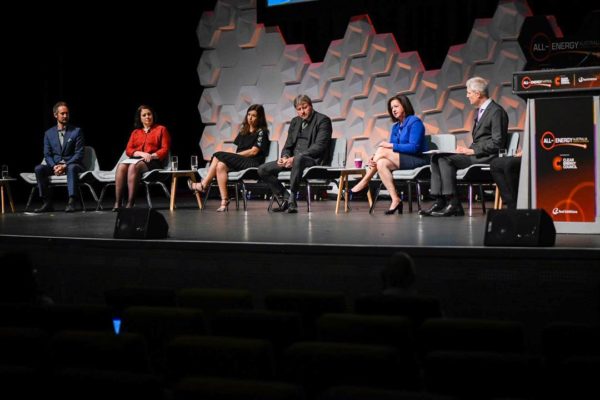
Photo: Dave Tacon
At All-Energy, AEMO CEO Audrey Zibelman said, “We need to recognise the fact that in two states, Western Australia and South Australia our largest single resource is rooftop solar, and that we are now beginning to rely on those resources to manage the system, so they have to be orchestrated. We need to have visibility. We need to make sure that they can be part of the system because if they’re not part of the system, then the system will fail.
“I think hydrogen is great,” she continued, “I think we really need to look at it, but I also think we can’t avoid the fact that we need to have a look at community-based battery and storage systems because actually those issues that we have around voltage and resource availability are very local, and we need to deal with them on a very local basis.”
And so the humble consumer stole the limelight, even from hydrogen.
… Which is the reason for the User-Centred Energy Systems TCP: to delve deeply into what various global markets currently know about consumer attitudes to energy; and to inform policy on bringing consumer and system aspirations together for a successful transition to clean energy sources.
Automation, energy system, trust?
Australia is participating in this TCP which has four “annexes” focusing on: Business Models and Systems (to deliver demand-side energy services); Hard To Reach Energy Users (in the residential and commercial sectors); the Global Observatory on Peer-to-Peer Energy Trading; and the ARENA-sponsored, Australian-led Social License to Automate annexe.
The Social License to Automate annexe is jointly led by social and technical researchers from the University of New South Wales, and Monash University in Melbourne.
“I think this research is so important,” says Dr Sophie Adams, Research Fellow in the School of Humanities and Languages, who will spend the coming two years analysing data and conducting studies into the consumer-energy relationship, “because we need to better understand what people think about energy and what they think their role is in an increasingly decentralised and renewable grid.”
Like many of the panellists and presenters at All-Energy, Adams says, “We haven’t been thinking enough about how people value energy and how they often think of themselves as part of communities — whether that’s as part of the national energy grid in which everyone has a shared interest in maintaining stability, or part of neighbour, friend or family groups investing in small-scale infrastructure to share among themselves.”
Having a Social License to Automate relates to the orchestration referred to by Zibelman — the ability for software systems to co-ordinate the power up and power down of billions of home appliances, the charging and discharging of home and community batteries, the flow of power into and from the grid, in a way that benefits the entire system, and will become virtually imperceptible to individual users.
That consumers would embrace automation technologies that shift loads and shave the peaks off high demand periods by directly controlling commercial and household loads, and pre-programming appliances and processes is a big ask.
It requires trust in data security and in the distribution of benefits.
Redistributing the rewards
All Energy heard from Sara Bell, CEO of Tempus Energy, which uses machine learning to control and optimise the operation of the flexible assets of its commercial and business customers according to predictions of volatility in carbon intensity and market prices:
“In January this year, when there was a sustained high temperature in Adelaide of 43 degrees Celsius. We pre-chilled the air-conditioning chiller units of our customers, so that we could turn them off during the price spike, while still delivering exactly the same comfort level that everyone wanted in their buildings.”
At one customer site alone, Bell says, the strategy saved $70,000.
“So the challenge is getting the money into the hands of customers,” she says. “If the customer sits behind the retail contract, then actually all you’re doing is creating $70,000 for the electricity retailer. So, the effort that we bring to get the money into the hands of customers is incredibly important.”
Bell emphasises that money, cost savings or financial benefit are not however, the only drivers of individual and organisational contribution to the flexible operation of energy systems.
Whose energy system is it?
Dr Mike Roberts, is a Research Associate in the Centre for Energy and Environmental Markets at UNSW, and his Federal Government-funded research into how to help solar owners manage their energy use to increase their self consumption will also feed into the User-Centred Energy Systems TCP, and the Social License to Automate annexe in particular.
He says the project, the Smart Homes Energy Management Systems Project, conducted by Solar Analytics, an intelligent energy-monitoring platform, involves talking to Solar Analytics customers to discover “what they’re doing in terms of shifting their energy use to maximise their use of solar, how they feel about that process being automated, and how they feel about those loads being shifted around to benefit the grid — as well as benefiting them.”
Roberts’ research, which combines survey data with one-on-one interviews, has so far found that, “People are interested in their resources being used to benefit the grid, but they want it to be fair,” he says.
One aspect of the discussions Roberts has been having is who is responsible for the grid and for getting it to work properly for energy transition. “If customers are going to be made responsible, they want to know what stake they have in it.”
They might say, “Is it our grid? If it’s our grid, then let’s make it work, but if it’s going to be run to extract money from us, then …”
Privacy vs 100% renewables
Adams says that there’s a sense that “the home is seen as the last bastion of privacy”. Roberts notes that automation will actually let solar owners be more independent — it will help them better manage all the elements of their own energy ecosystem which means they’ll “need the grid less”.
Overarching benefits will be in consumers not having to ultimately foot the bill for gold-plating the grid — building generation and transmission that is only used some of the time — because automation will allow the system to draw on and manage the collective rooftop resource and domestic and commercial load in smart ways for the common good.
The other clear benefit of automation and control of distributed resources also dovetails with consumer aspirations to advance Australia’s transition to a low-emissions economy; that is, it will allow more people to connect solar systems to the grid, by improving visibility and control over how their usage and export interact with the ebbs and flows of the greater system.
Rather than limiting the size of home solar systems, or curtailing home solar export to the grid as is now occurring in South Australia due to the unpredictability and destabilising effects of large consumer-generated flows, the grid will be able to move more efficiently towards reliable management of 100% renewable generation.
Learning from the global collective
Roberts says that although Australia is ahead of other countries in penetration of rooftop PV and is first in facing the consequent technical challenges, he thinks other countries have developed a more nuanced understanding of the consumer-grid relationship.
The drivers for participation are not just financial, or environmental or communal, the social contract won’t be achieved through PR, or through “education” alone, or through marketing …
The User-Centred Energy TCP and its annexes and collaborating countries are tasked with discovering what people want and helping to shape policies accordingly.
This content is protected by copyright and may not be reused. If you want to cooperate with us and would like to reuse some of our content, please contact: editors@pv-magazine.com.
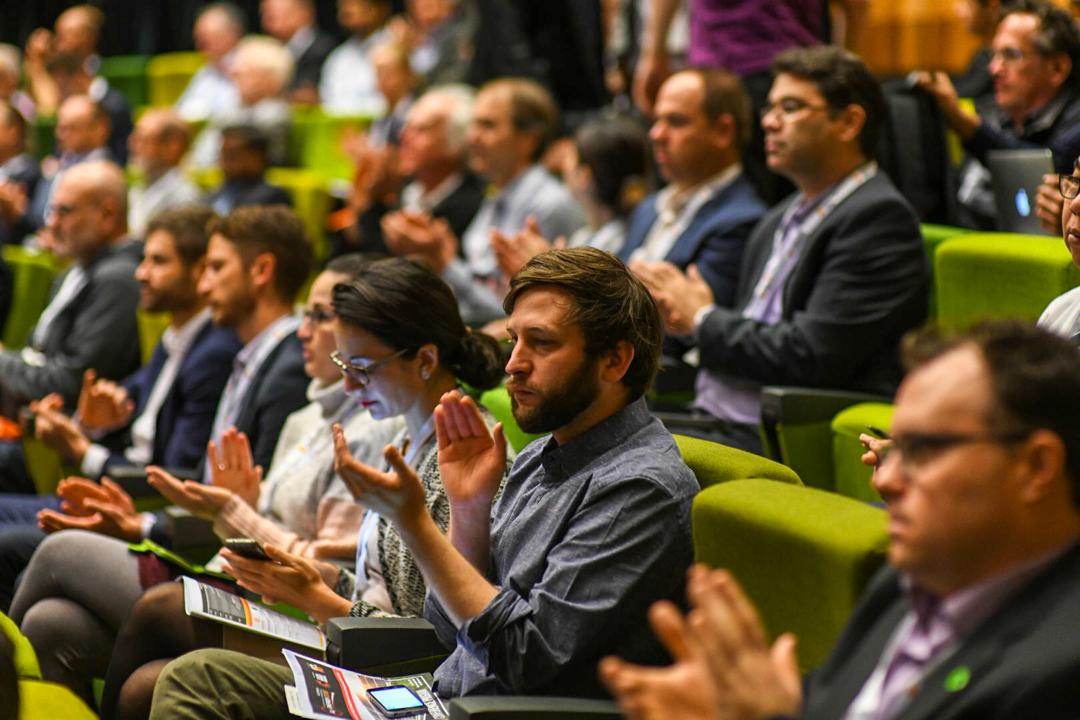
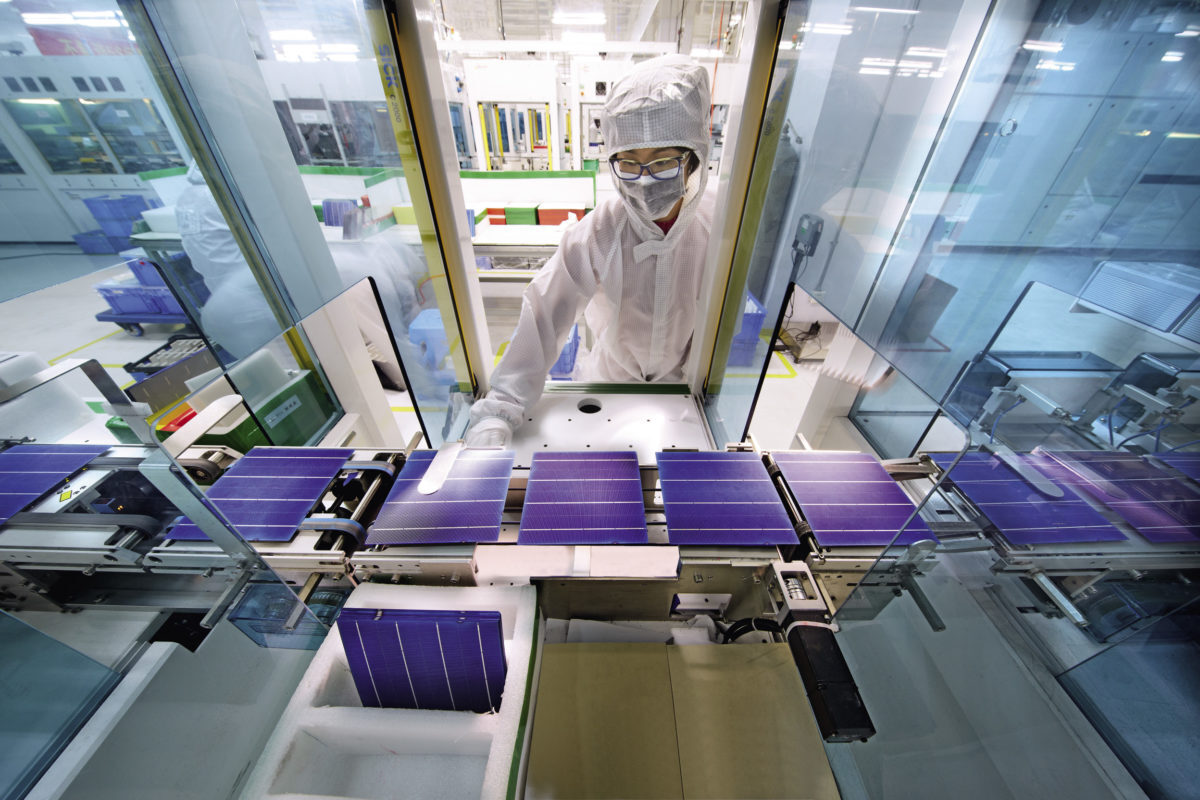


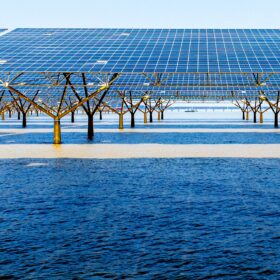
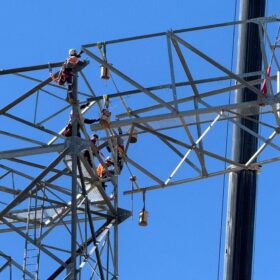

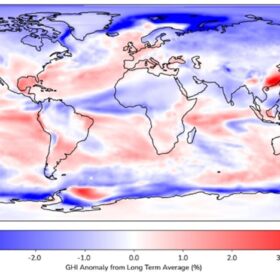
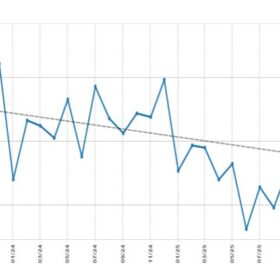
“At All Energy, AEMO CEO Audrey Zibelman said, “We need to recognise the fact that in two states, Western Australia and South Australia our largest single resource is rooftop solar, and that we are now beginning to rely on those resources to manage the system, so they have to be orchestrated. We need to have visibility. We need to make sure that they can be part of the system because if they’re not part of the system, then the system will fail.”
The “system” failing would not be the option, the people adopting solar PV for their daily needs will sooner or later become battery storage enhanced for less grid interaction and more self consumption of their own generated product. I’m sure there are players in the international scene that would enter a “service area” and install solar PV, wind generation with energy storage to create a local micro-grid. Shell oil has just bought into a micro-grid company in Africa, even big oil wants a slice of the energy pie.